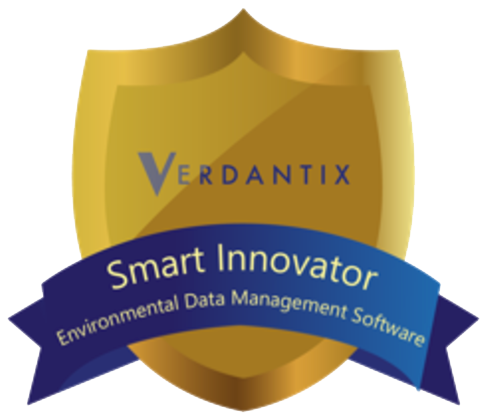Business Intelligence, or BI, is a term you've probably overheard when discussing strategies based around crunching data to get more insight on the past, present and future.
When you have a scattered hoard of data, getting the answers to your most important questions can be difficult - and a data story consisting of bare facts and figures is hardly a story at all. The idea behind BI is to take structured and unstructured piles of data (most times seemingly unrelated) and to be able to unlock the useful, meaningful information contained within by introducing intelligent tools built for collecting, structuring and querying. Modern BI solutions are designed to create the shortest path between the user and their desired knowledge - that means you're able to ask your data questions directly, without having to go through IT. This functionality can serve the needs of every user throughout the enterprise, opening up an entirely new dimension of decision-making and data discovery.
So are BI tools really that much better than spreadsheets for consolidating and exploring your data? Well, for starters, the problems with spreadsheets run deep. The value of an Excel sheet can crumble if the data isn't properly entered and structured - and trying to convey data in a meaningful way can be a headache if you're dealing with a massive spreadsheet full of blank cells. When you're trying to show up-to-date information and you're dealing with exported graphics or pie charts that require manual refreshing - you'll know why the age of simple spreadsheets has reached its twilight.
Ultimately, BI tools and spreadsheet software are fundamentally different. Whereas spreadsheets are mostly limited to storing and displaying data, BI is all about extracting the stories that your data is trying to tell you - stories like “Why did our accrual adjustments skyrocket in Q3?”, “Is it smart to accelerate our spending on these projects now?” or "What is our performance really looking like today?". Traditionally, even simple questions can be an arduous task to answer, and can involve pulling an array of data from scattered databases or 3rd-party/partner sources. A BI solution brings your users and your data together in a way that makes for cohesive, easy-to-access data stories.
Until recently, BI was usually only used by a few specialists in a given enterprise - people who would have to queue, process and respond to any and all company BI inquiries. These days, thanks to advancements in query and database technology, BI has arrived at a place of polish, depth and above all - usability. When the ability to understand the underlying data set of your enterprise is threaded throughout your entire organization, anyone can access the truths they need - without having to be an expert in number crunching.
Clearly, BI is more than a fad. It's the natural evolution of fact-based decision-making - and yeah, it's probably here to stay. Interested in more BI? So are we. That's why our ENFOS Experience 2017 conference was all about how BI can help drive your remediation performance and environmental liability management to a whole new level.
Sources:
http://www.pcmag.com/article2/0,2817,2491954,00.asp
https://www.microstrategy.com/us/blog/bi-trends/the-15-must-have-features-of-a-modern-bi-platform




